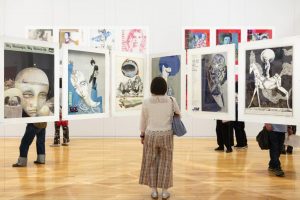The Hasegawa Machiko Art Museum and the Hasegawa Machiko Memorial Museum are located in Sakura-shinmachi, Setagaya City, the area where the story of Sazae-san is set. The collection of the art museum consists of approximately 800 works, including Japanese-style and Western-style paintings, craftworks, sculptures and carvings, which are showcased in collection exhibitions organized by the museum.
Memorial Museum Showcasing the Artworks of Machiko Hasegawa Opens Doors
Hasegawa Machiko Memorial Museum (Annex to the Hasegawa Machiko Art Museum)
Event Reports
No.034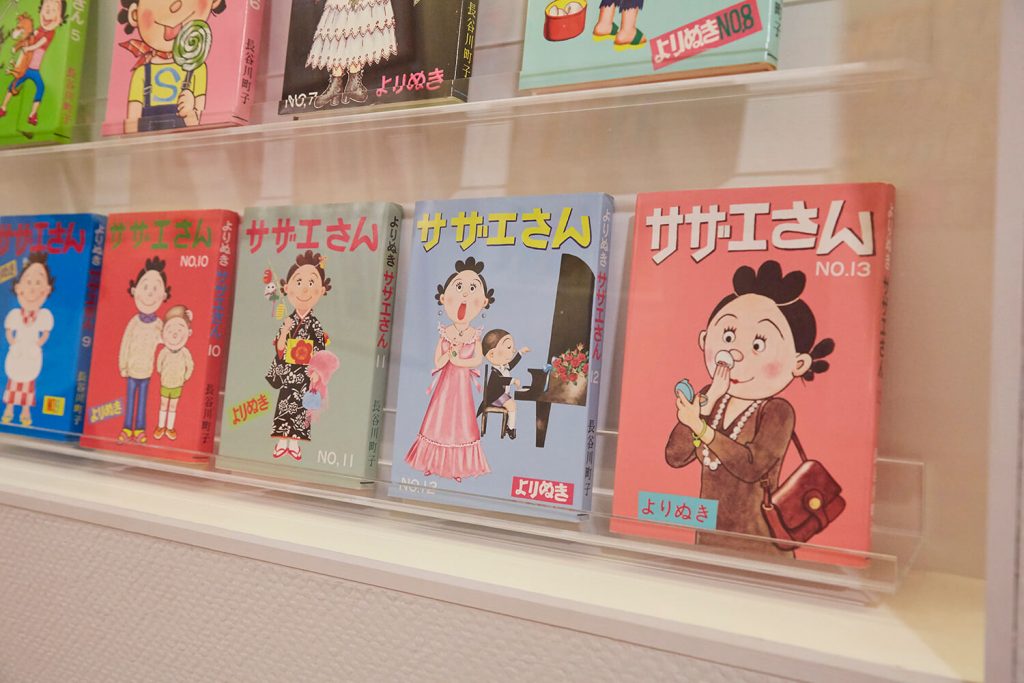
Iconic manga artist Machiko Hasegawa is best known as the creator of Sazae-san (“Sazae” literally means turbo cornutus), Ijiwaru basan (“Granny Mischief”), and other masterpieces beloved by generations of Japanese people. The Hasegawa Machiko Memorial Museum opened doors in July 2020, the centennial anniversary of the artist’s birth. The museum, which presents in great detail Machiko’s life and the fascinating world of her works, was built as an annex to the Hasegawa Machiko Art Museum.
Numerous art pieces and craftworks collected by Machiko Hasegawa
The secret behind Sazae-san’s immense popularity
The Hasegawa Machiko Memorial Museum was built just across the street from the Hasegawa Machiko Art Museum as its annex. The two-story building consists of two permanent exhibition halls, a hall for planned exhibitions, a shop and a café.
The permanent exhibition hall on the first floor, “Machiko’s Works,” is dedicated to the artist’s manga with focus on her three major works: Sazae-san, Ijiwaru basan (“Granny Mischief”), and Epuron obasan (“Aunt Apron”). The other permanent exhibition hall, “Machiko’s Life,” showcases valuable materials that cast light on the character and work of the artist from her birth until her death at the age of 72.
Sazae-san was first published in 1946, the year after the end of World War II. At the time, Machiko was 26 years old. Later on, the author would reveal that she contemplated the plot of the manga during her walks on the beach outside her home in Fukuoka, where she was evacuated during the war, and that is why the names of all characters were derived from sea creatures. For instance, the name of the characters, such as Katsuo literally means “bonito,” and the name of his sister, Wakame, means “seaweed.” Later, together with her two sisters, Machiko started a publishing company, and released Sazae-san as a standalone manga book. She published Epuron obasan (“Aunt Apron”) and Ijiwaru basan (“Granny Mischief”) as serialized comic strips in weekly magazines, and expanded her activities as the popularity of Sazae-san grew. Despite the success of her works, however, it appears that Machiko also suffered greatly. After over-exerting herself, she developed an aversion to manga and stopped drawing altogether for an entire year. The ceramic works she created during that period are also displayed in the museum.
On the second floor of the museum there is a hall for planned exhibitions, where the works and paintings of Machiko Hasegawa are presented in a variety of thematic displays.
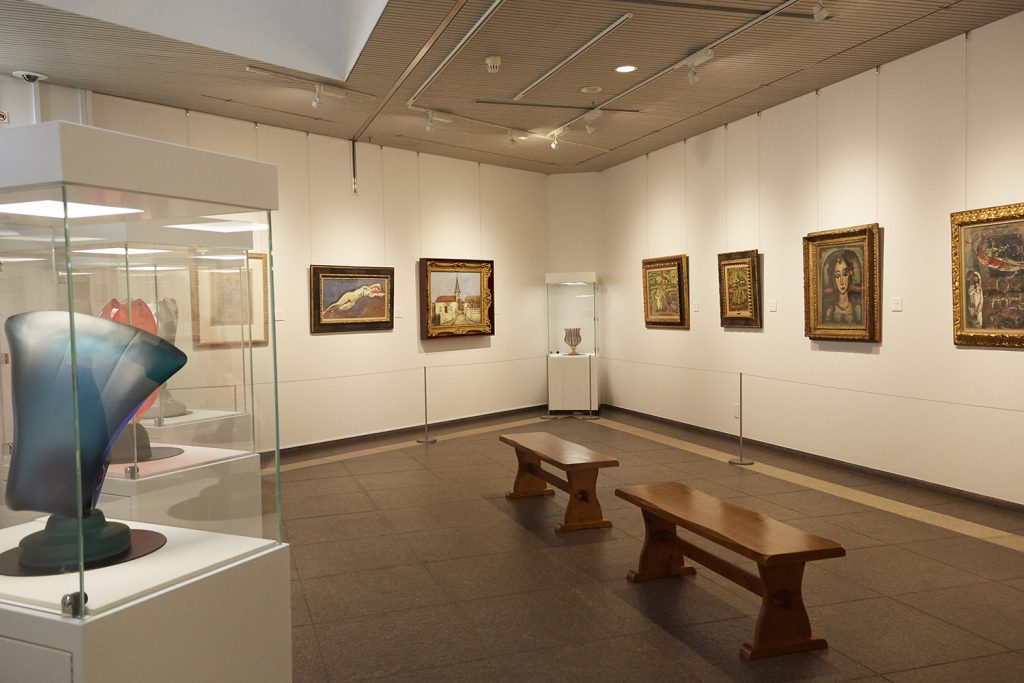
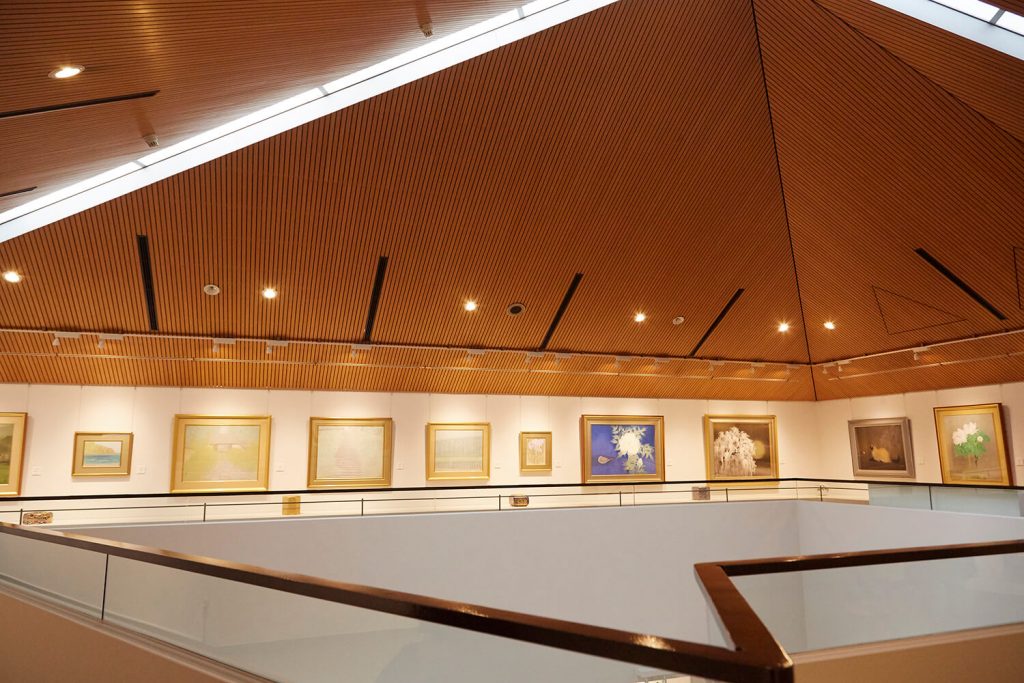
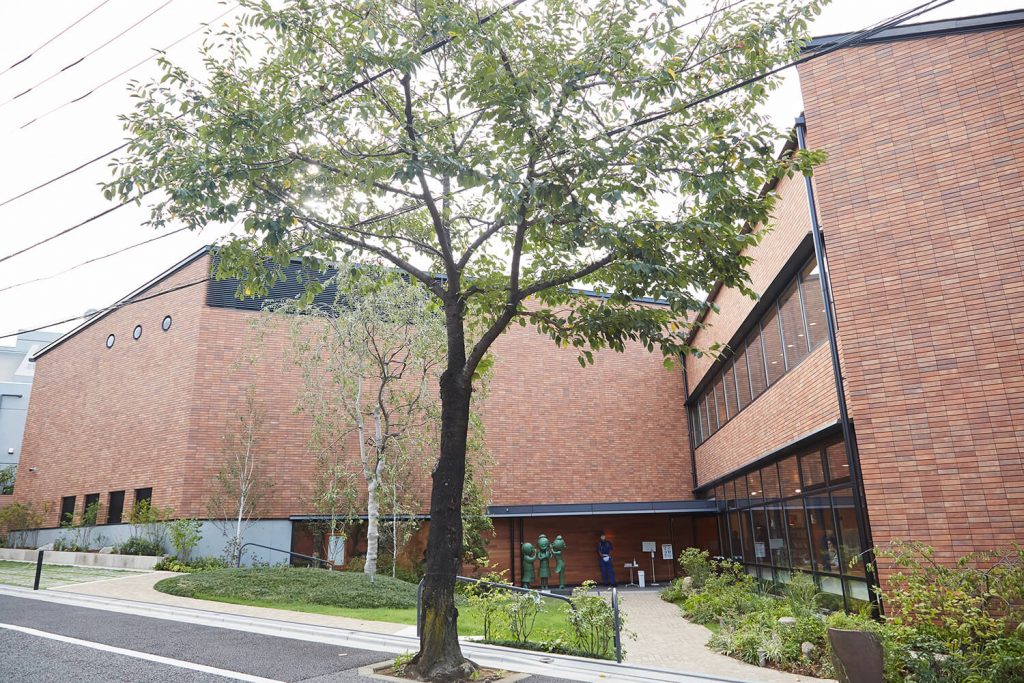
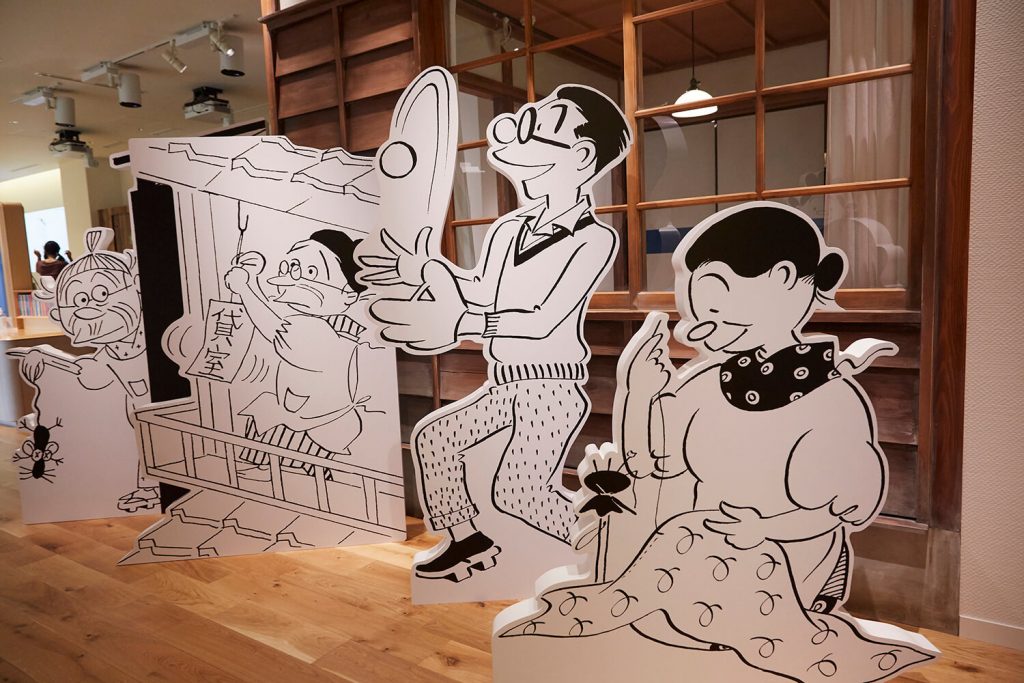
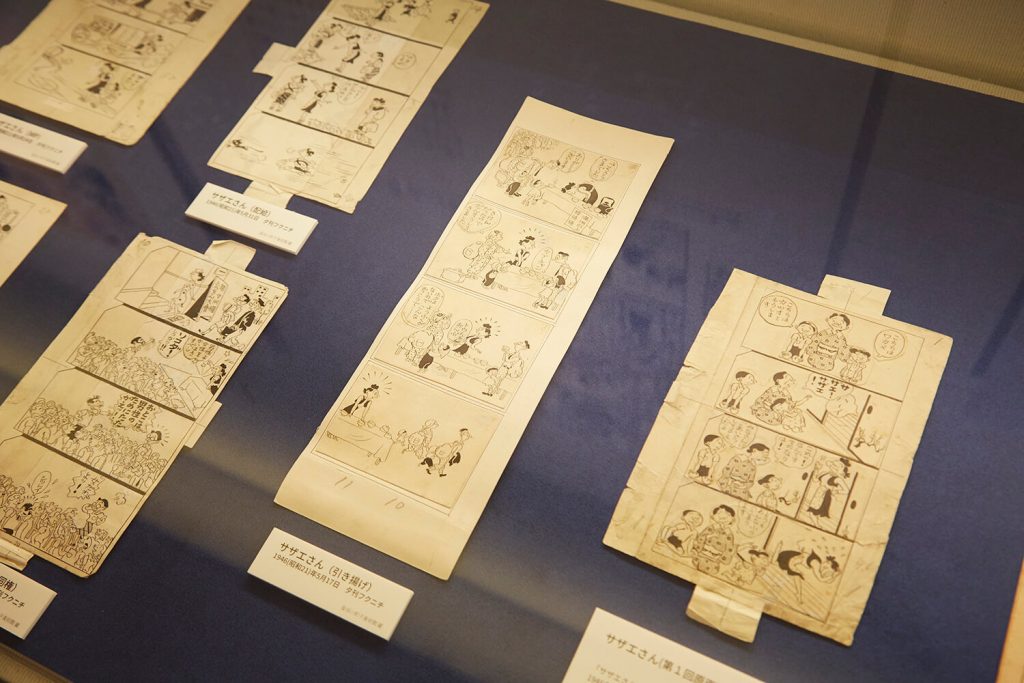
Japanese original text: Emi Sato
Photo: Aya Hatakenaka
Hasegawa Machiko Art Museum, Hasegawa Machiko Memorial Museum
Address: 1-30-6 Sakura-shinmachi, Setagaya City, Tokyo
Tel: 03-3701-8766
Opening hours: 10 a.m. – 5:30 p.m. (last entry 4:30 p.m.)
Closed: Monday (when a national holiday falls on Monday, the museum will remain open and will close the next working day), between exhibitions, and the year-end and New Year holidays
General admission fee: 900 yen
https://www.hasegawamachiko.jp


